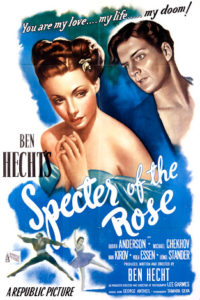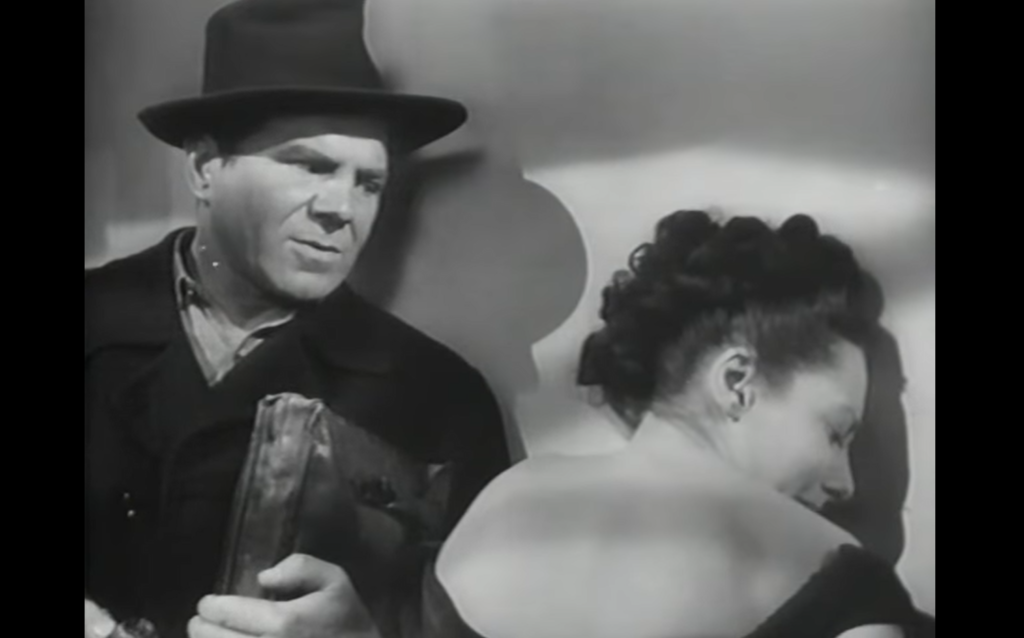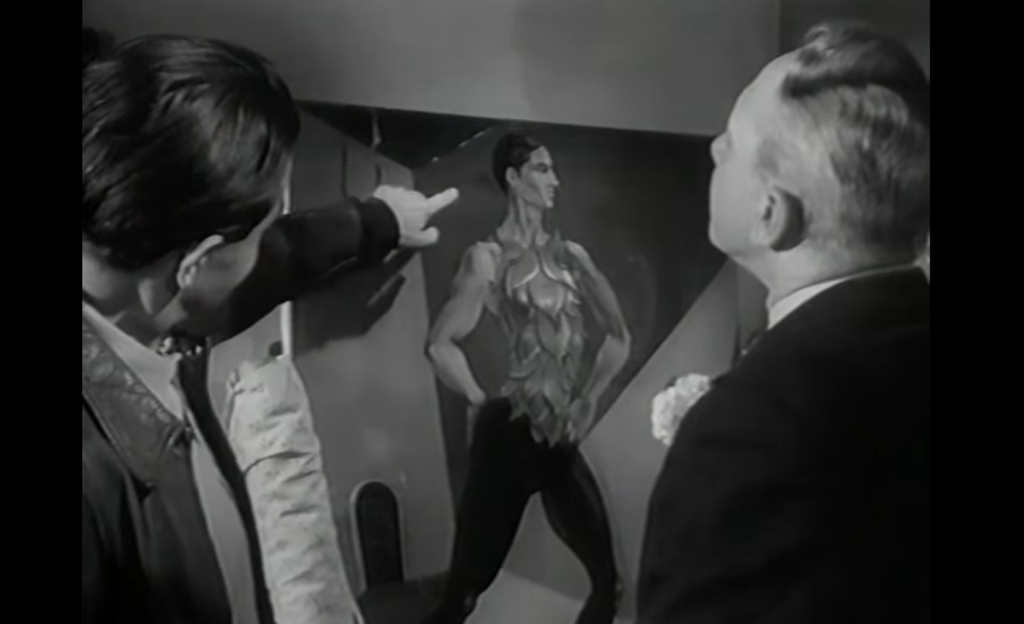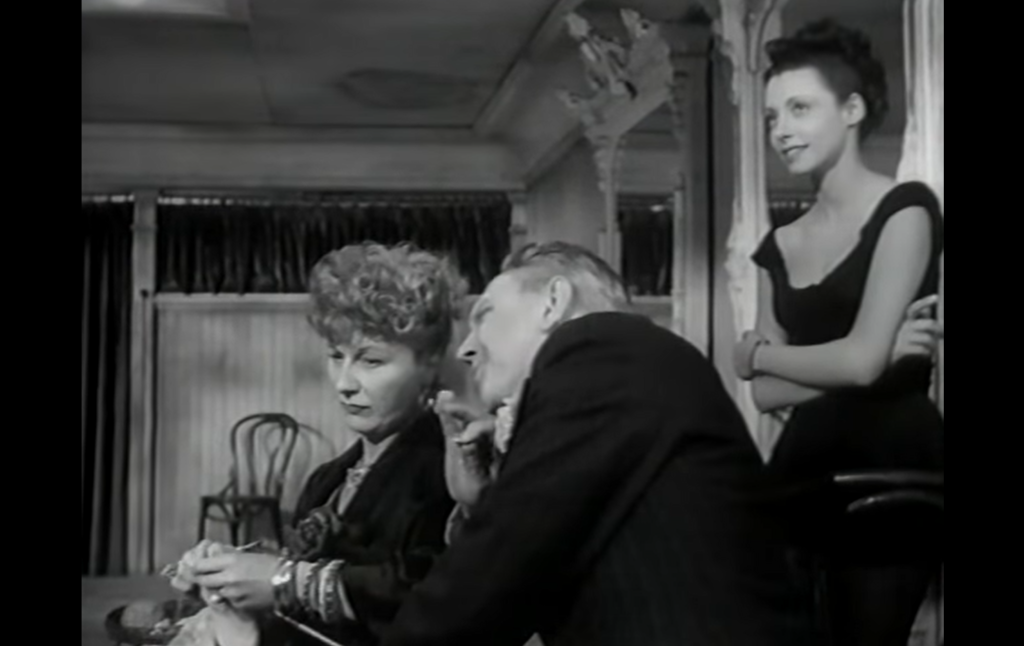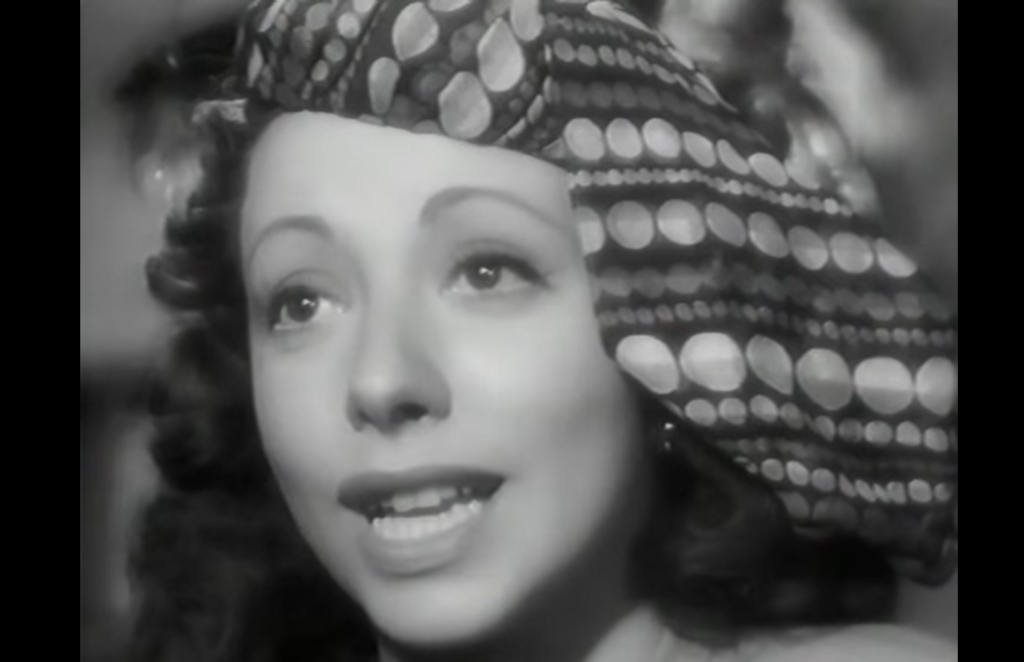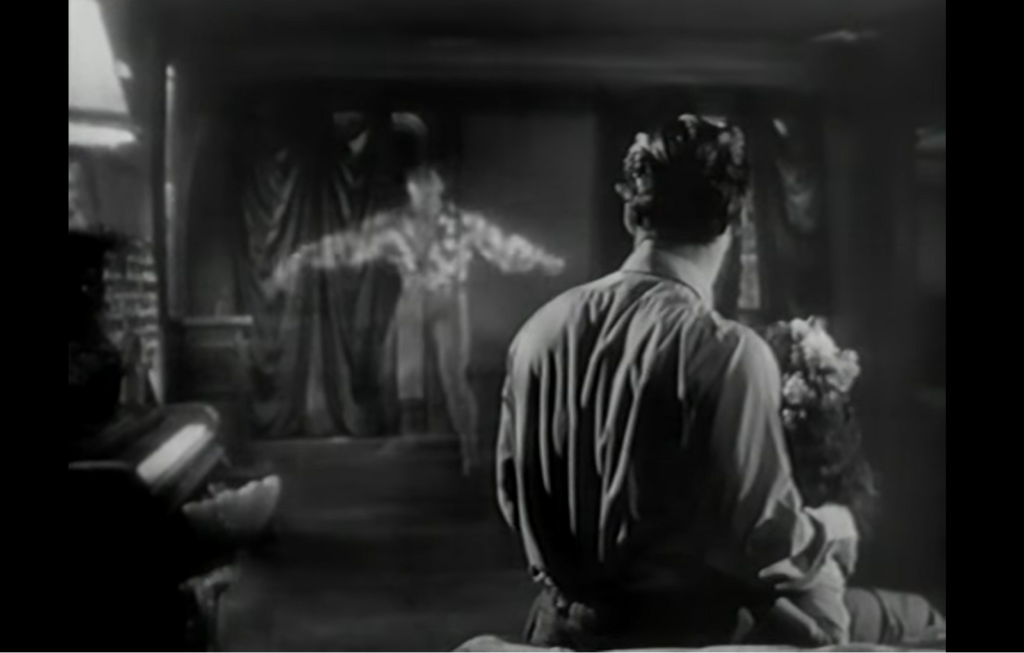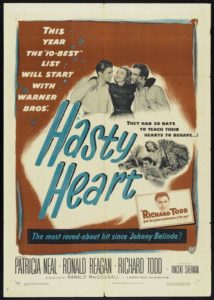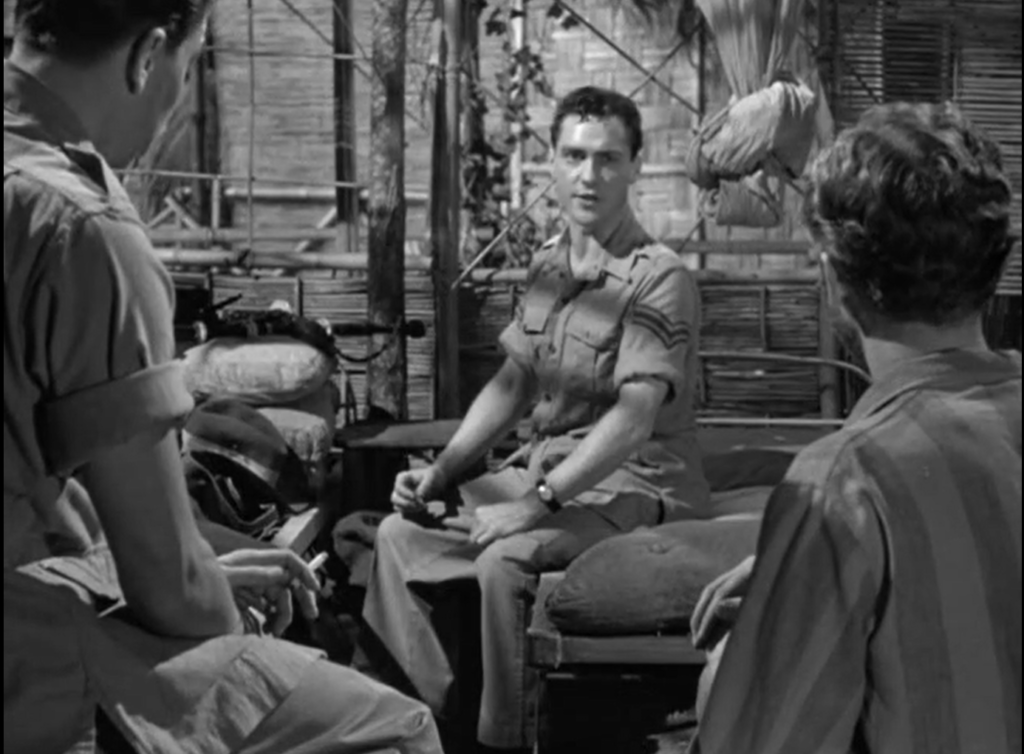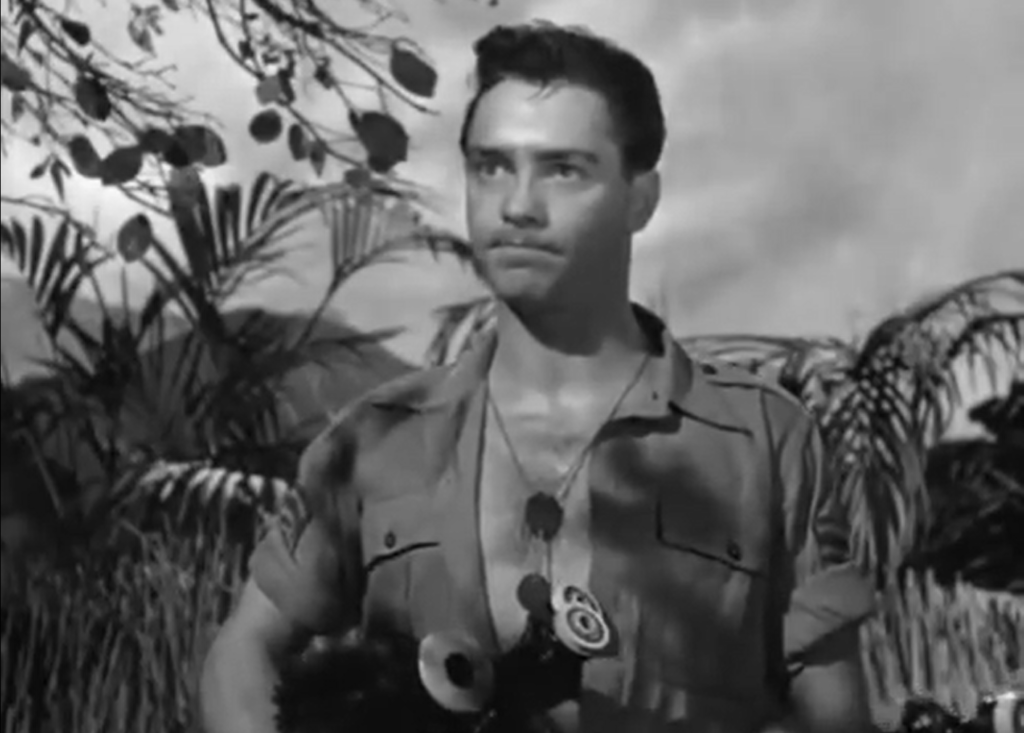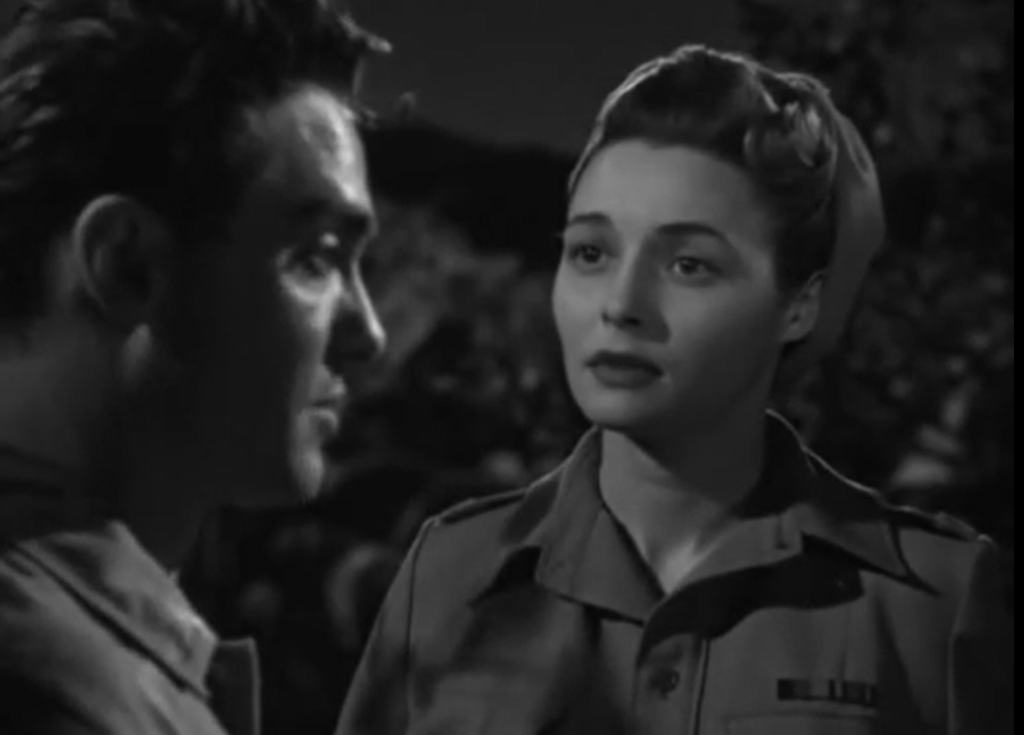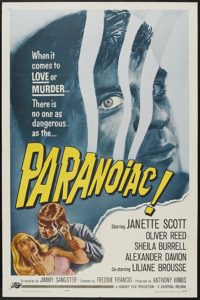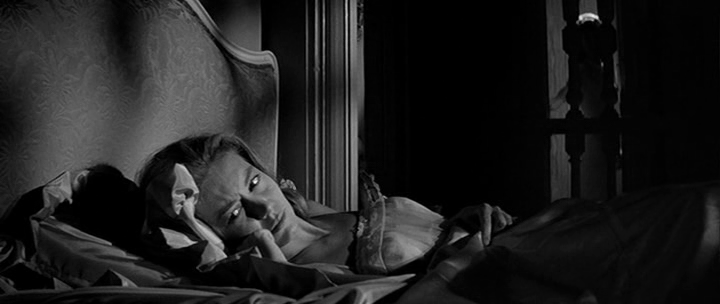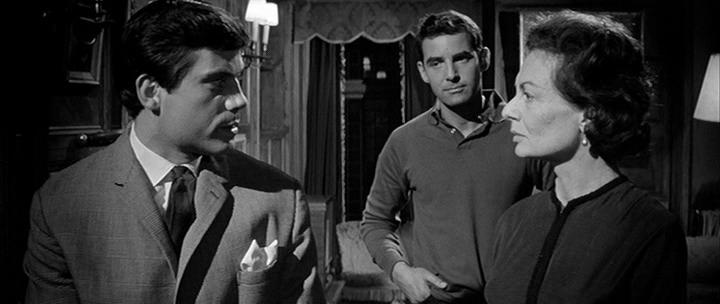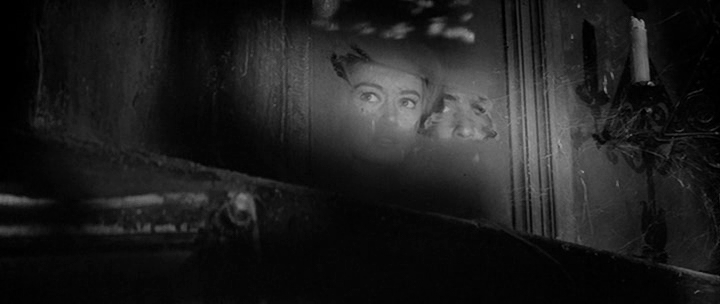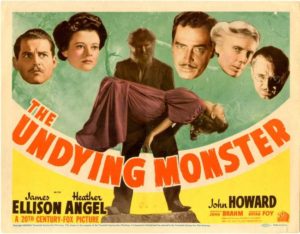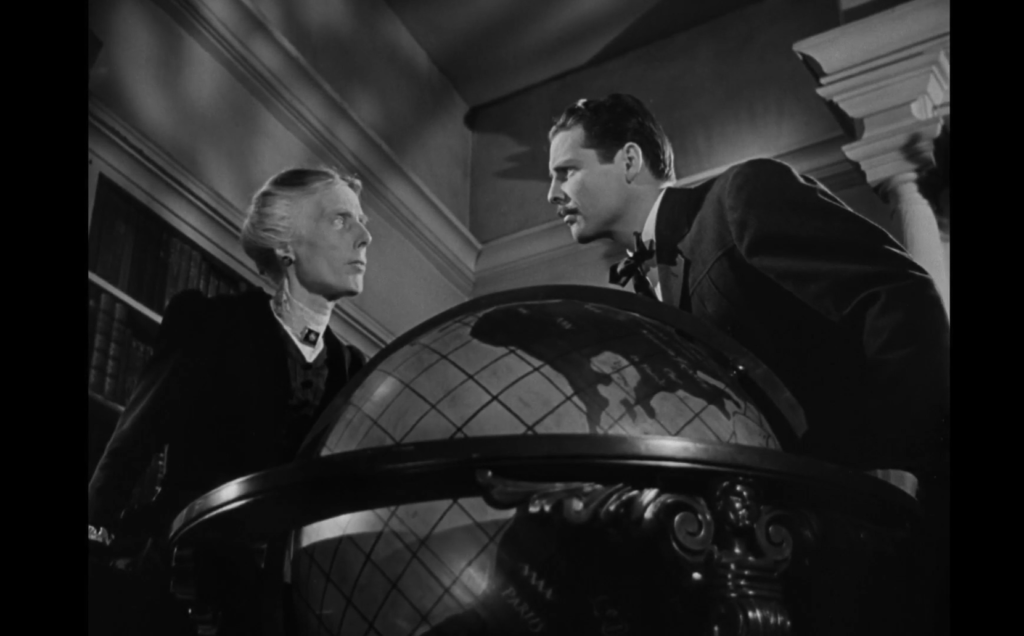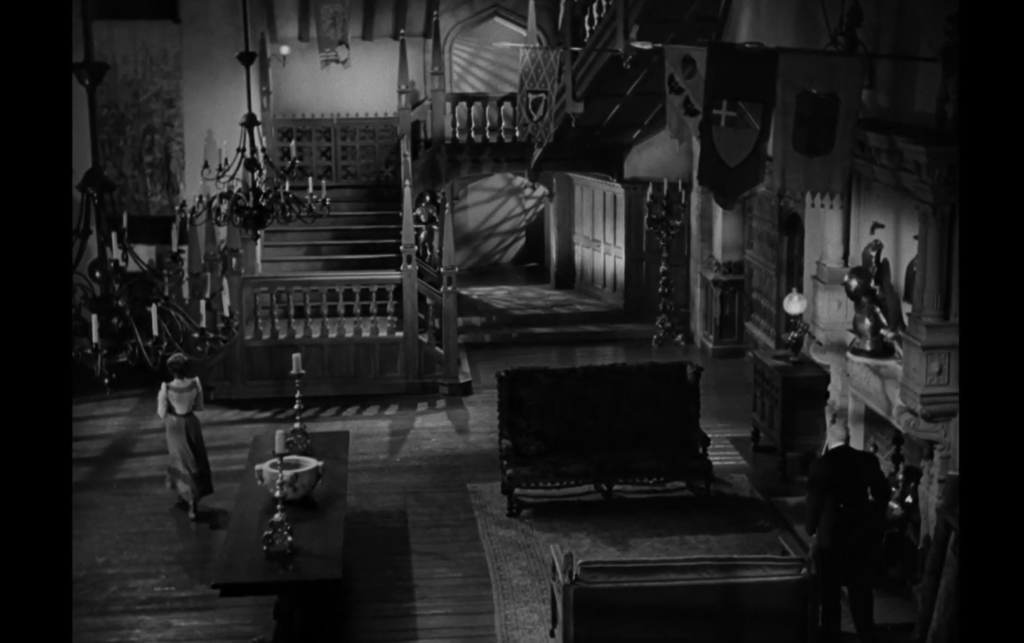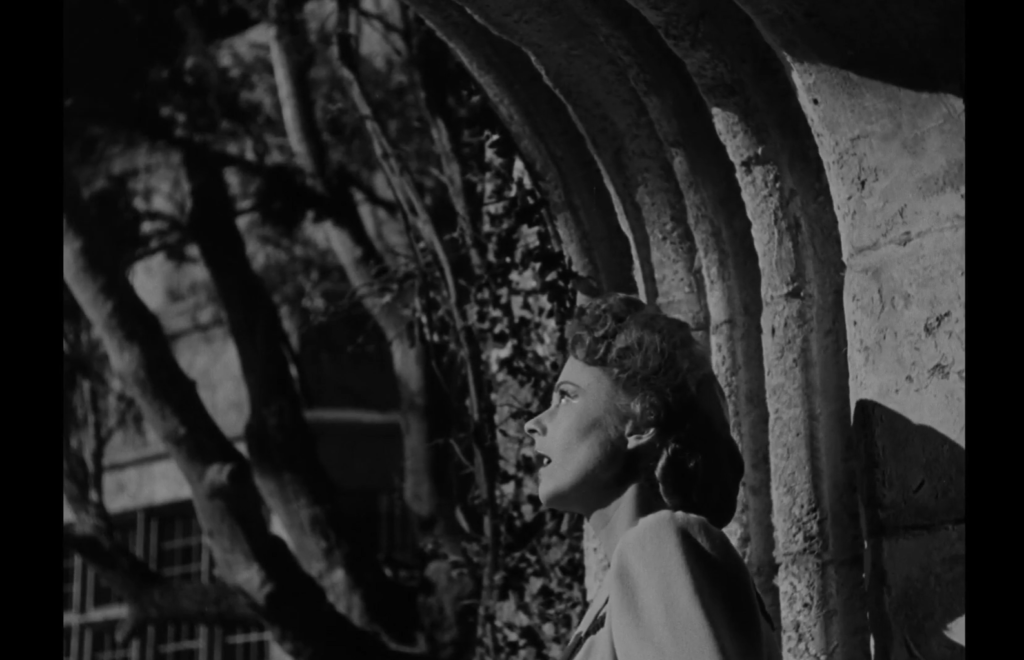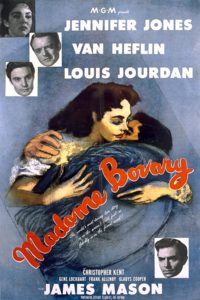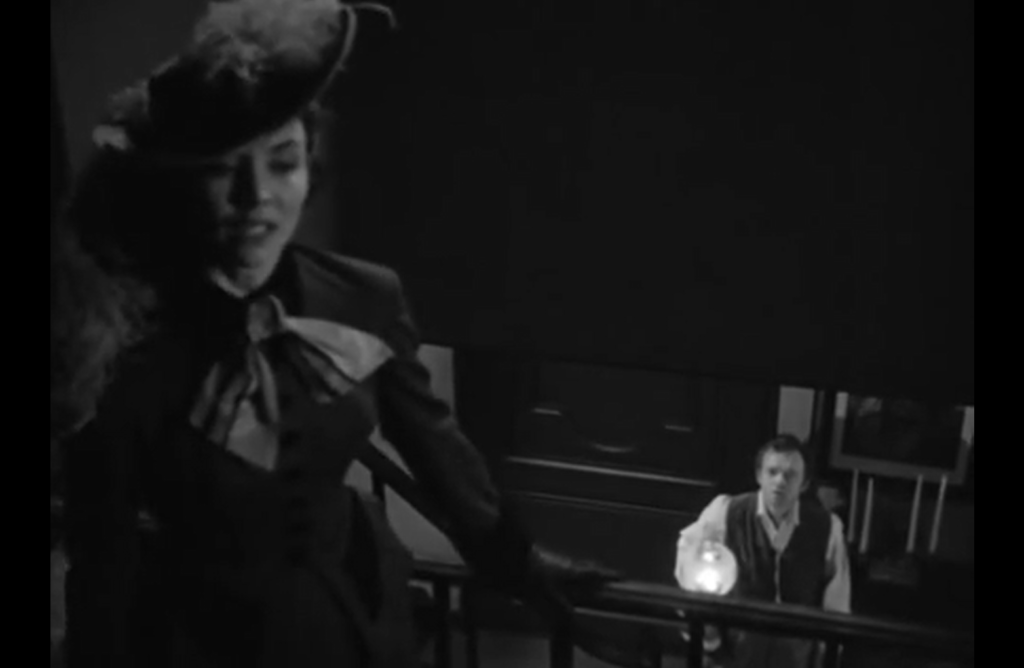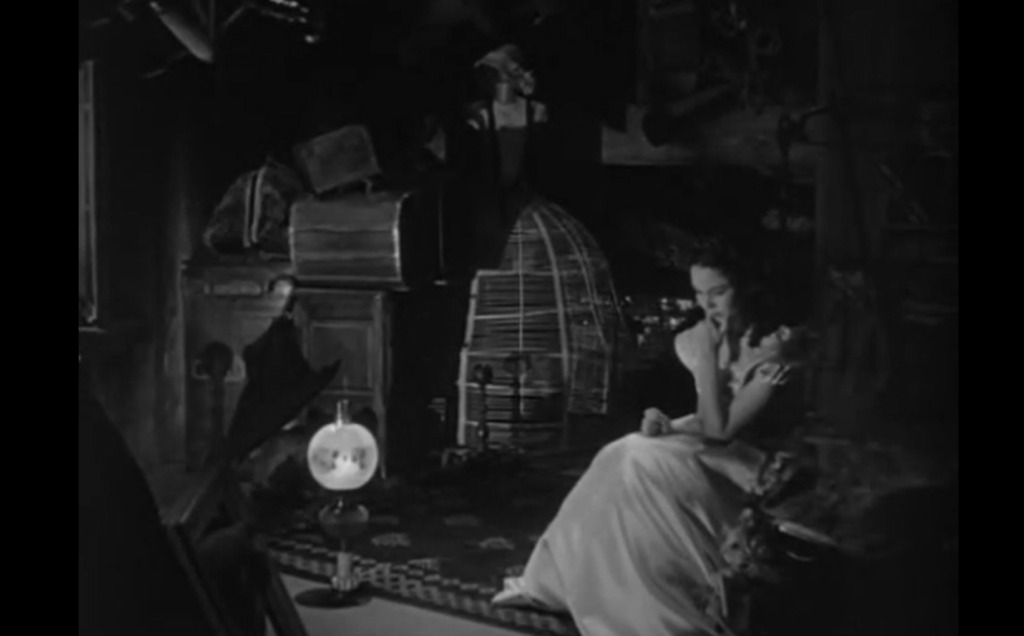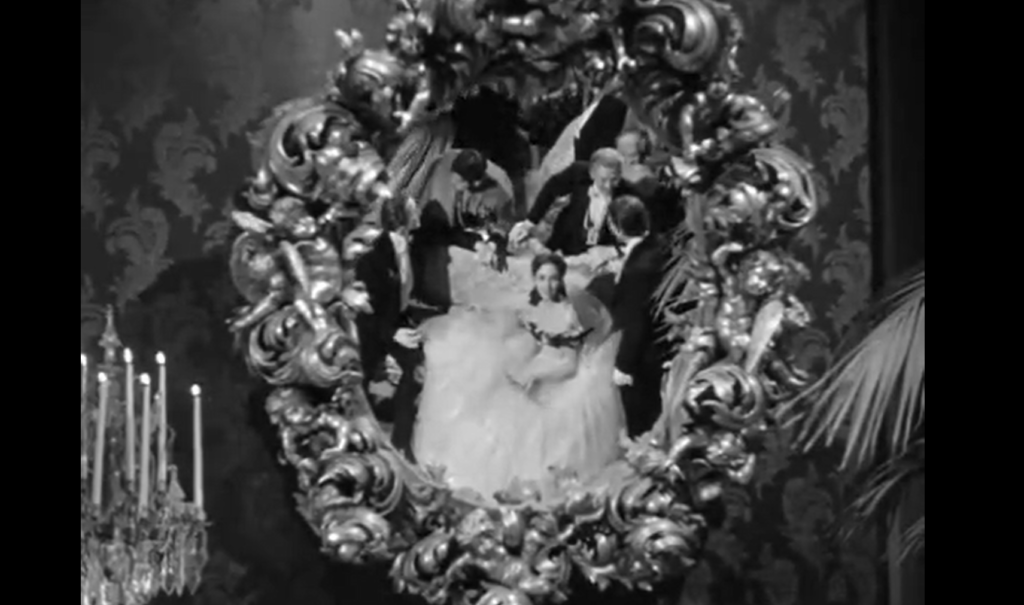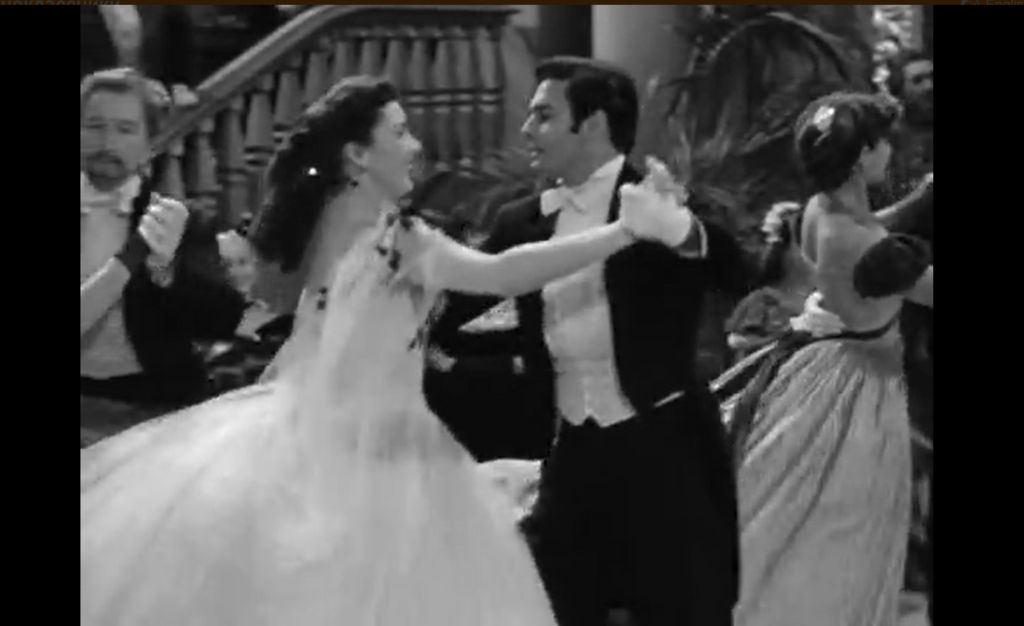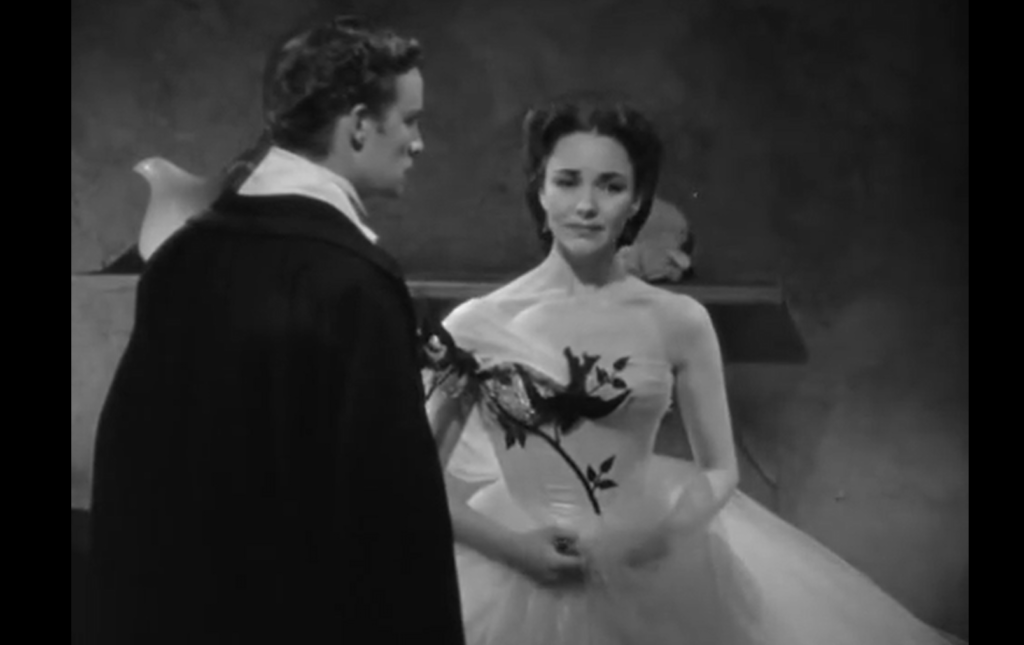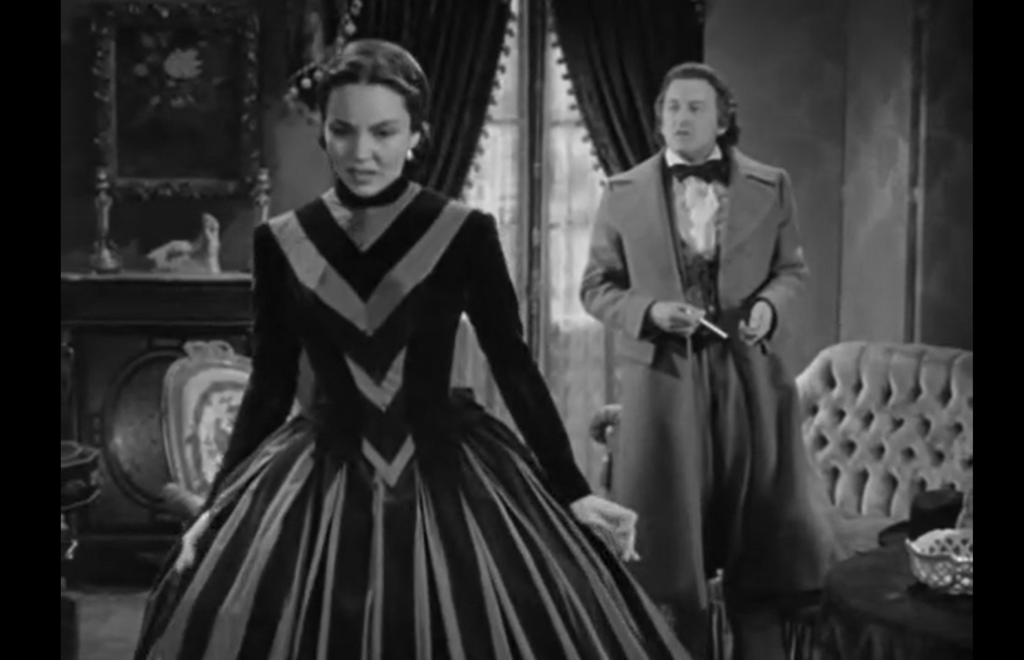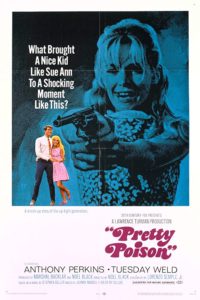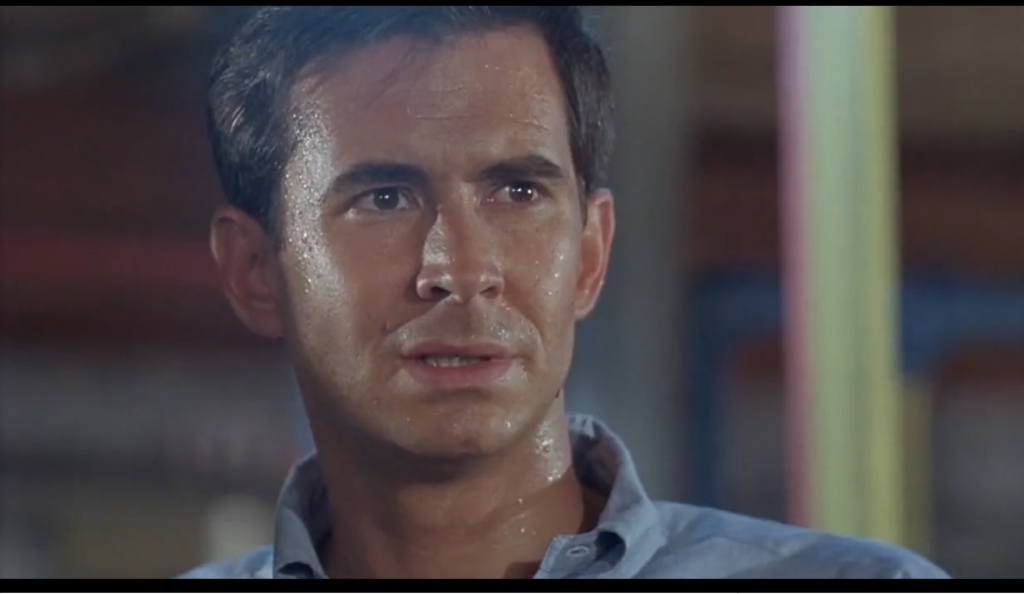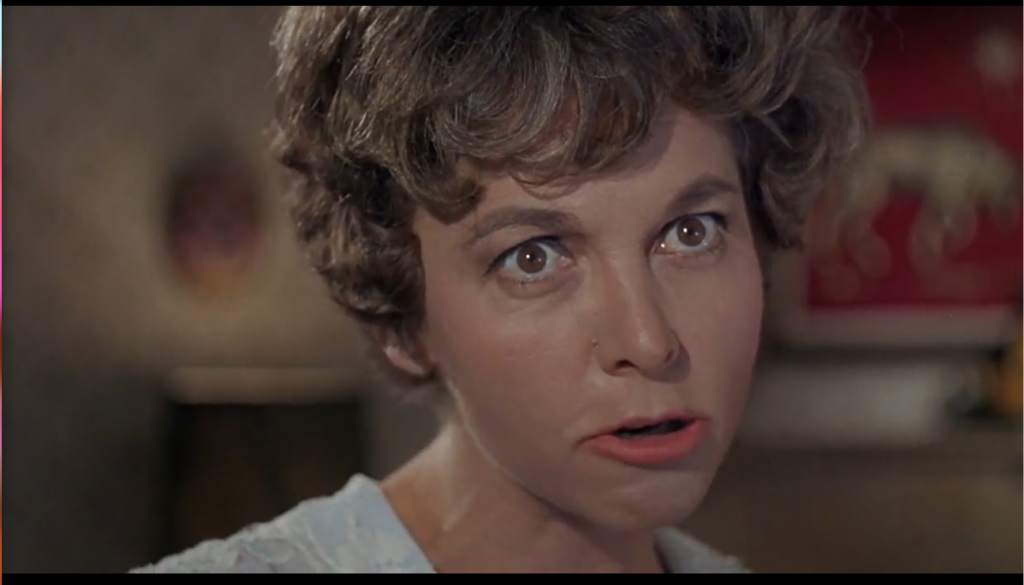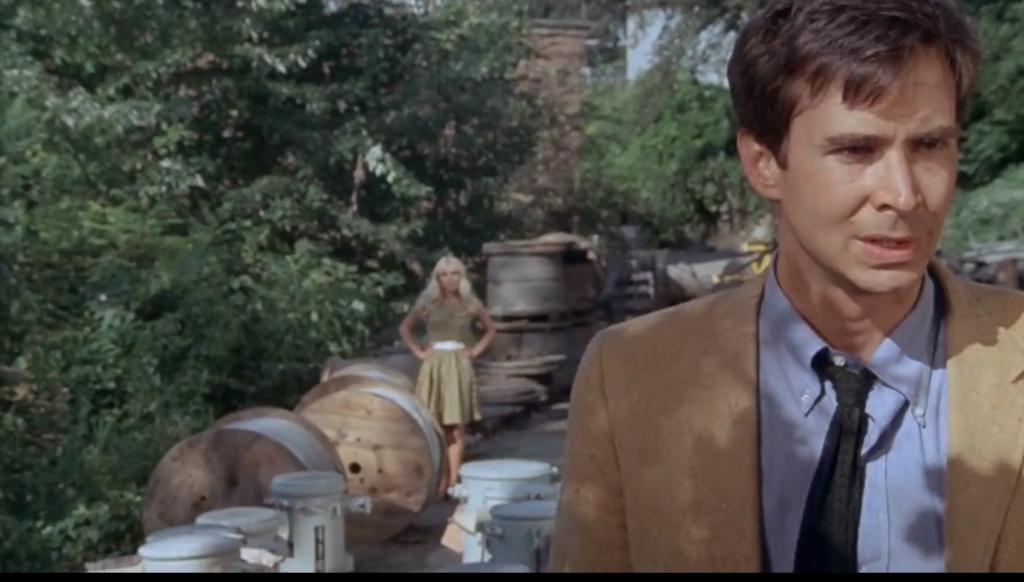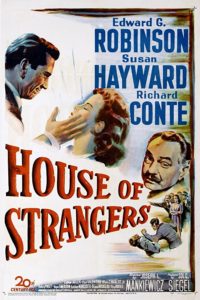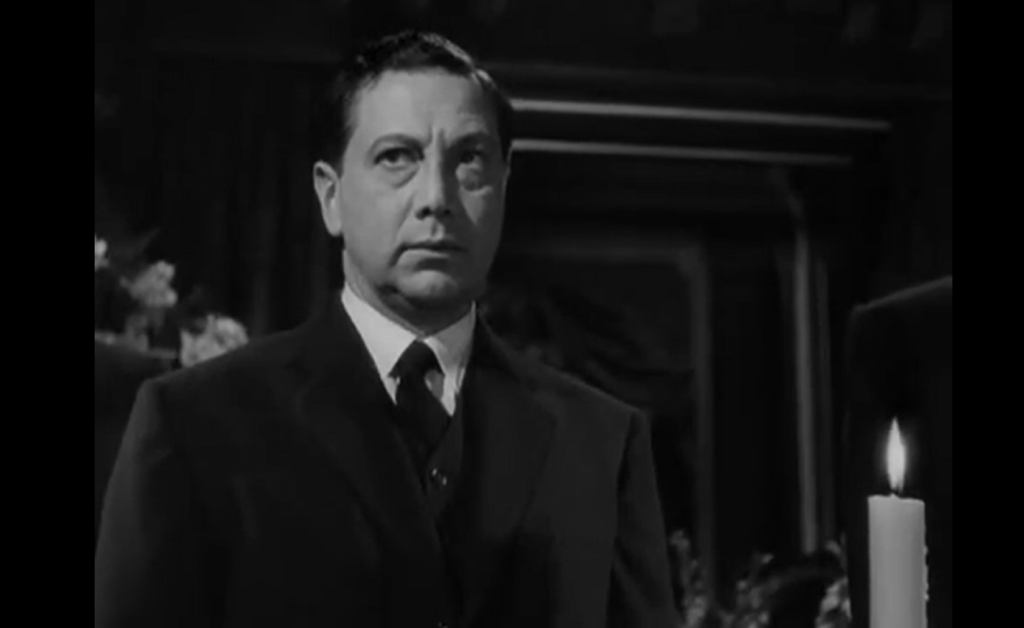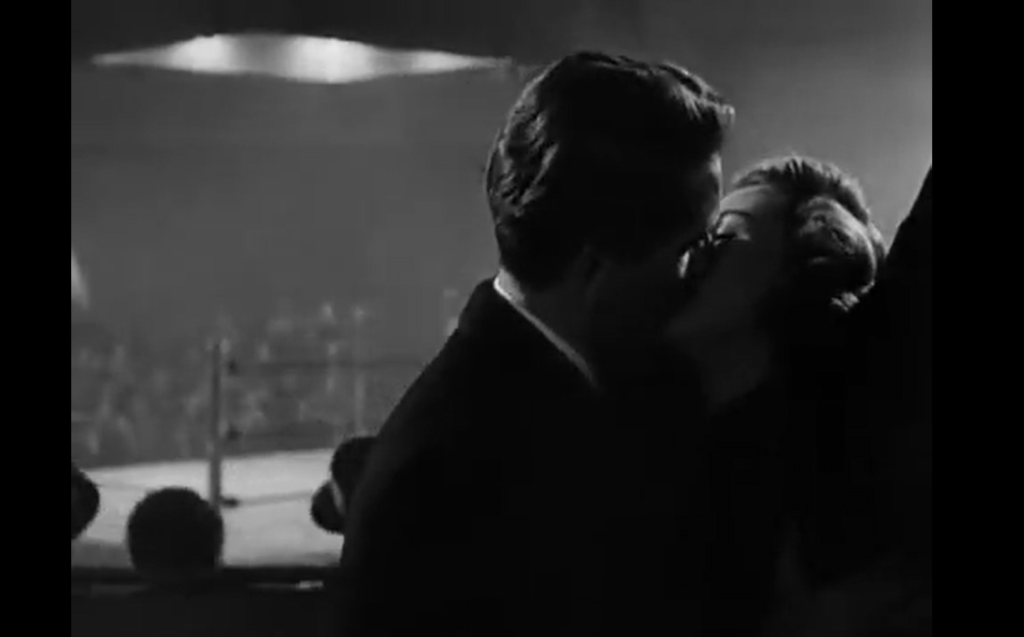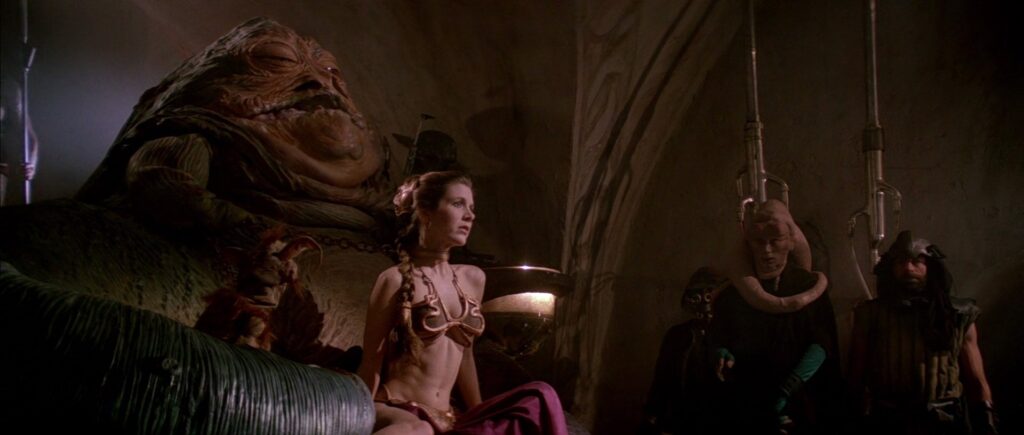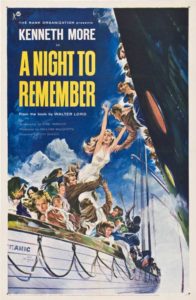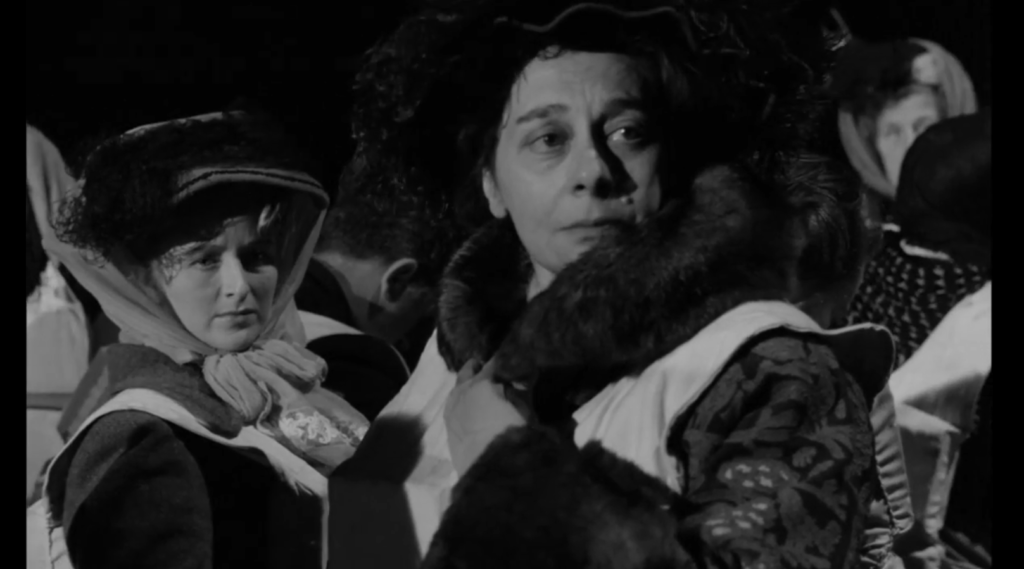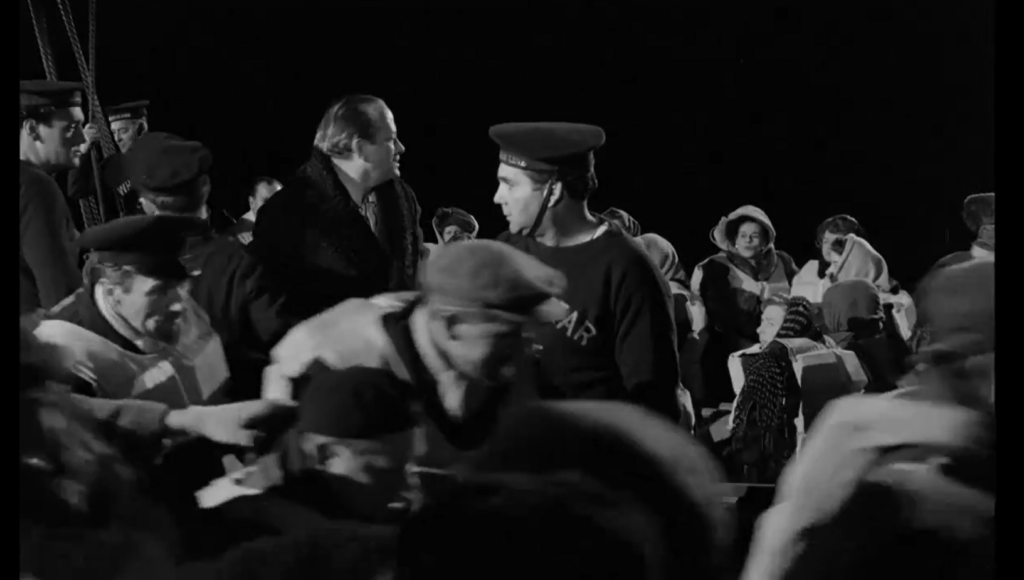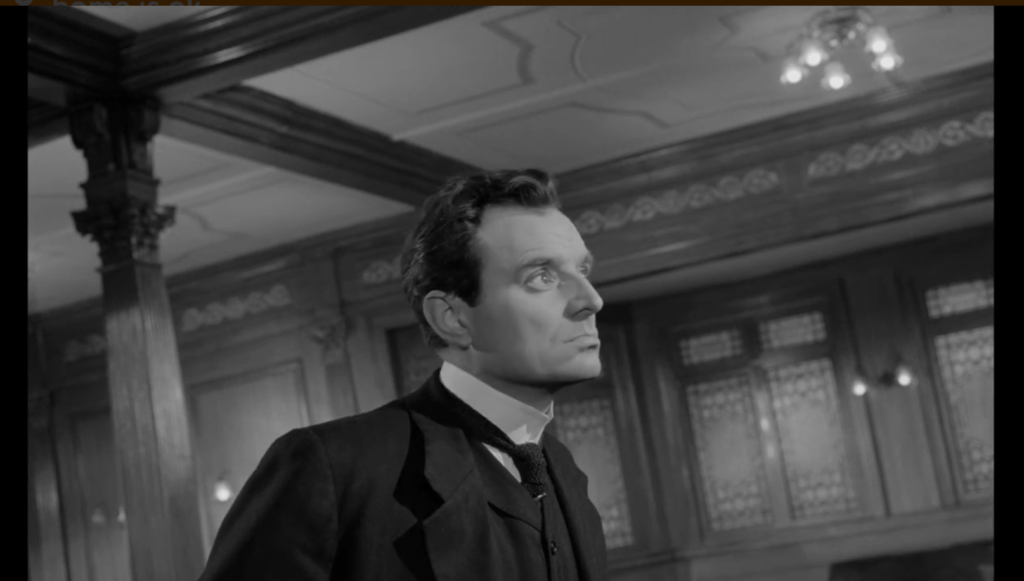|
Genres:
Response to Peary’s Review:
Peary writes that this classic drama by Ingmar Bergman “deals with such familiar Bergman themes as man’s loss of faith, his disillusionment about life, his inability to overcome guilt and humiliation, his self-torment, fate vs. free will, good vs. evil, and conflict in marriage.” While these are “all problems of modern man”, the “film is set in an earlier apocalyptic age, the 14th century, when we had an incomprehensible Black Plague instead of an incomprehensible Bomb [or COVID-19 pandemic], and the helpless, confused common man succumbed to his fate.” He notes that the character played by “Von Sydow has lost his faith”, given that “all around him are death, despair, hysteria, pestilence, and abominable acts of cruelty” — and what “Bergman considers perverse is how the people commit sins against each other in God’s name and how the people rationalize the Plague as being their fault, their just punishment, so they can let God off the hook.” In other words, “As Andersson observes, the people enjoy suffering and relish their martyrdom”. It’s “through Poppe, Andersson, and their special child” (Joseph, Mary, and baby Michael) that Von Sydow arguably “comes to realize that life isn’t meaningless although it ends in meaningless death”, and that “the real purpose in life is to marry and have children”.
Peary points out that Bergman’s film — based on his own one-act play — is “very theatrical, with roots in Shakespeare, absurdism, farce, and medieval mystery and morality plays”; and, “as in all Bergman classics, there are strong acting, stunning photography (by Gunnar Fischer), many unforgettable images (the chess match for Von Sydow’s life, the burning of a witch, the final dance of Death and his victims), and questions left for us to answer for ourselves” (“What will become of us who want to believe, but cannot?”). While Peary argues that Bergman posits “life can be satisfying and safe only for those simple people who have faith, no questions asked”, this is a film filled with questions (“You play chess, do you not?” “Why make them happy? Why not scare them?”) and not all those who fail to ask questions are as content as Poppe’s idyllically happy young family. Indeed, the world on display here, geographically beautiful while existentially horrific, is miserable, with people making sense of senseless chaos in whatever ways they can and will — from burning a young woman (Maud Hansson) as a witch, to parades of self-flagellation, to rape and adultery, to distraction through entertainment, to barroom brawls, to intense religious faith.
While the story-line is deeply provocative — and all too eerily fitting for our current times — it’s the potent imagery throughout The Seventh Seal (the title is drawn from a Bible verse from The Revelation of St. John the Divine, read both during the opening shots and by Landgre in a later scene) that lingers in one’s memory. Though theatrical in some ways, the film is also highly cinematic: Fischer’s cinematography is consistently gorgeous, and he and Bergman make excellent use of outdoor sets, especially during opening scenes shot at Hovs Hallar. Bergman was apparently inspired by Kurosawa’s films, though he “based the entire iconography of the movie on murals in a church where his clergyman father used to go and preach”, and the scene of Von Sydow playing chess with Death was inspired by a medieval painting by Albertus Pictor. Thankfully, this thematically heavy foreign film has numerous moments of comic levity and a “semi-optimistic ending”; now, more than ever, this movie should be seen and discussed by all film fanatics.
Redeeming Qualities and Moments:
- Fine performances by the entire cast
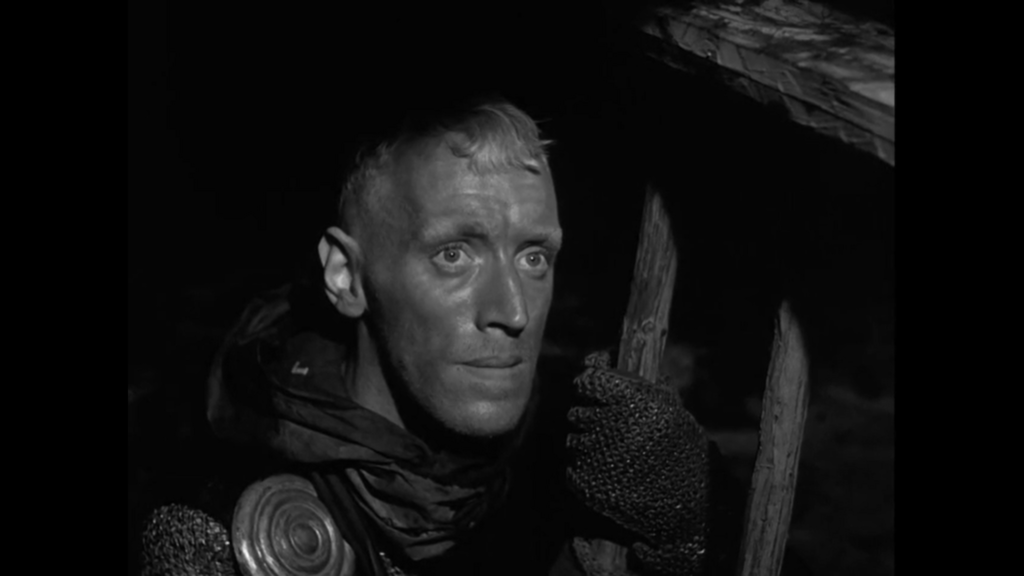
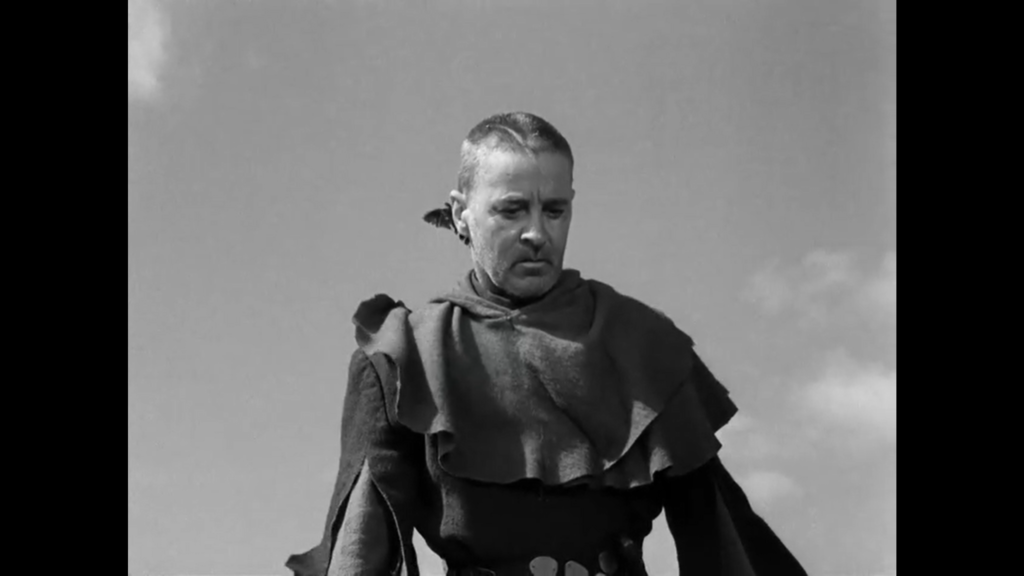
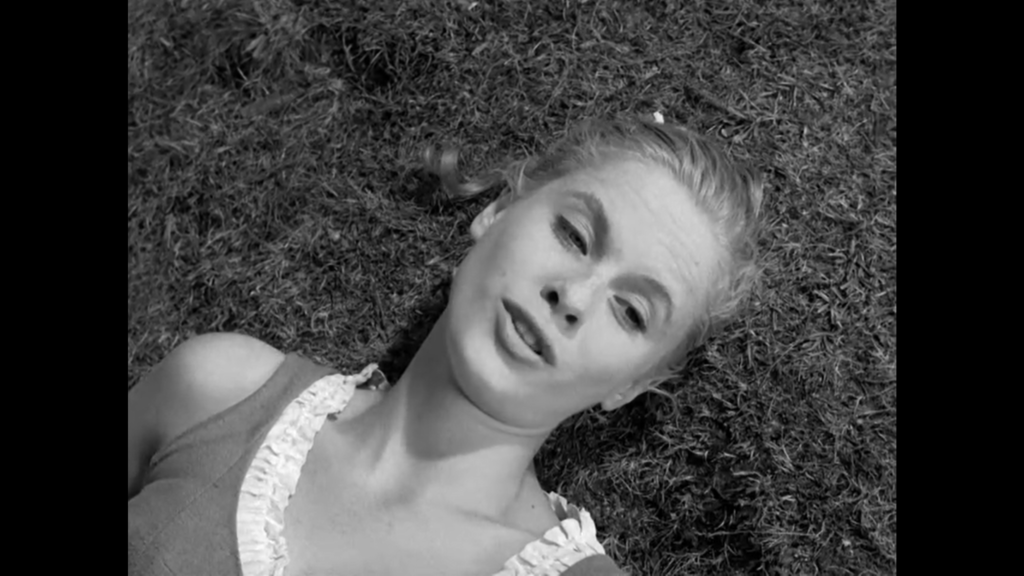
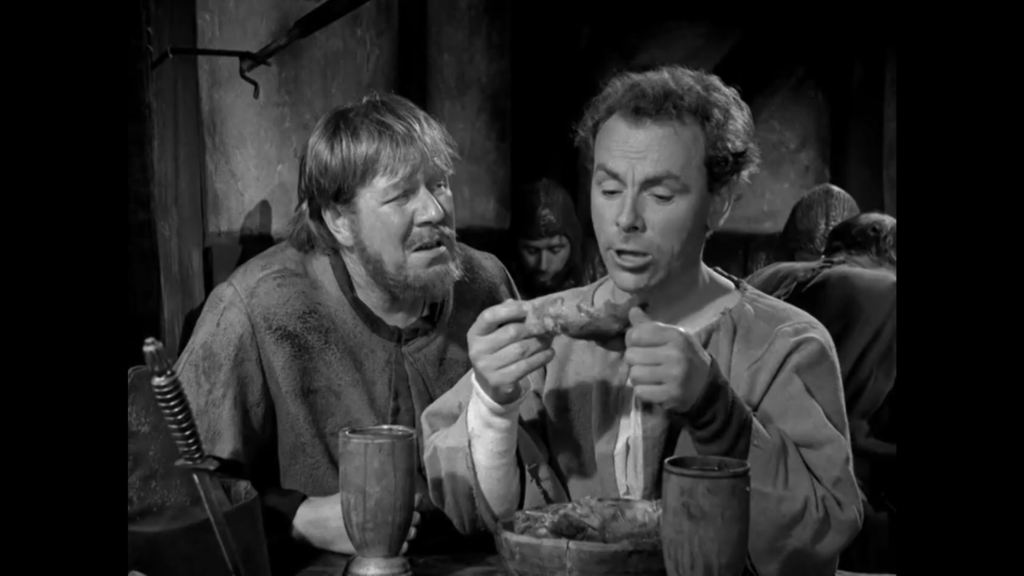
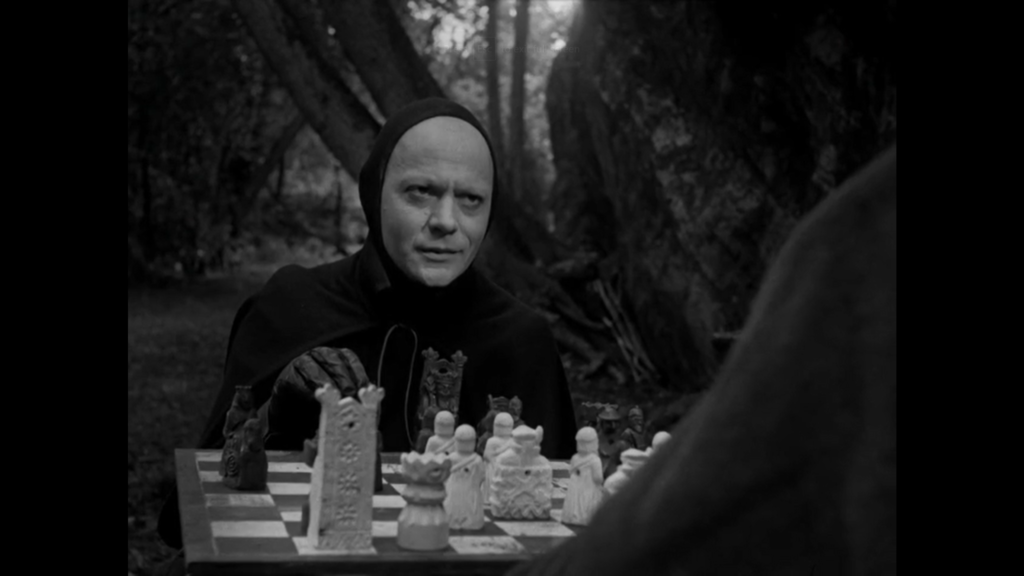
- Excellent cinematography, sets, art direction, and costumes
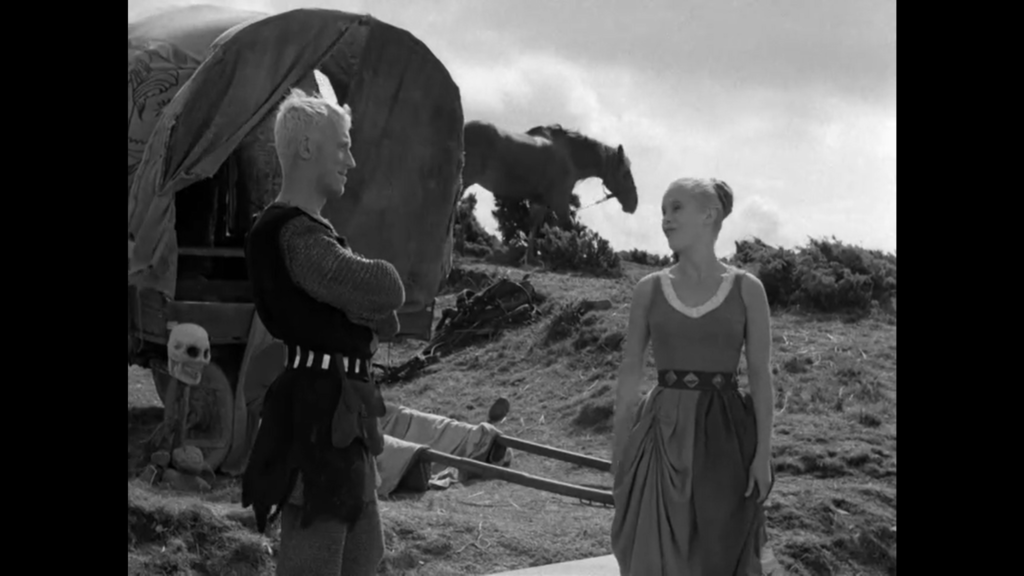

- Many iconic scenes and images
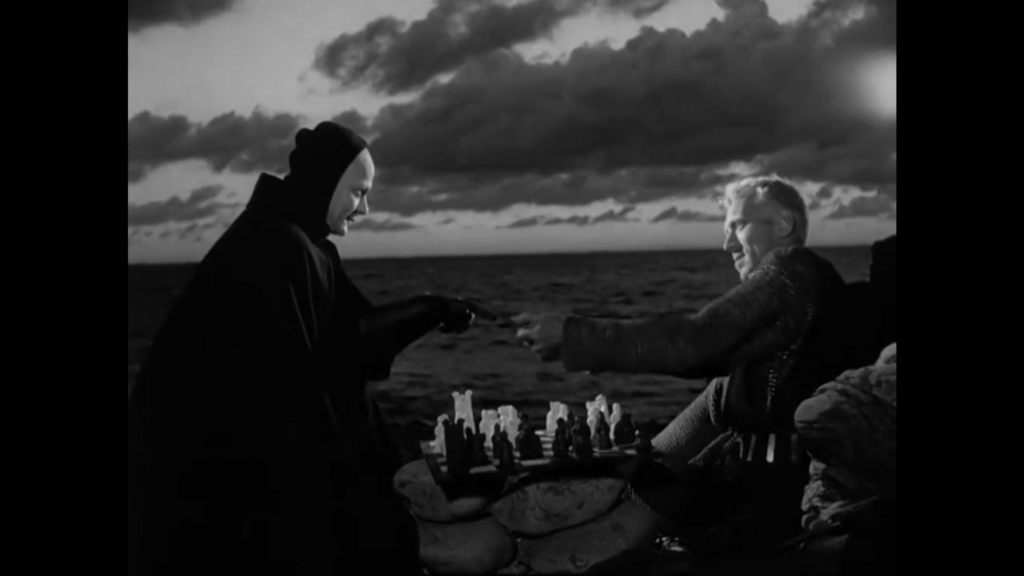
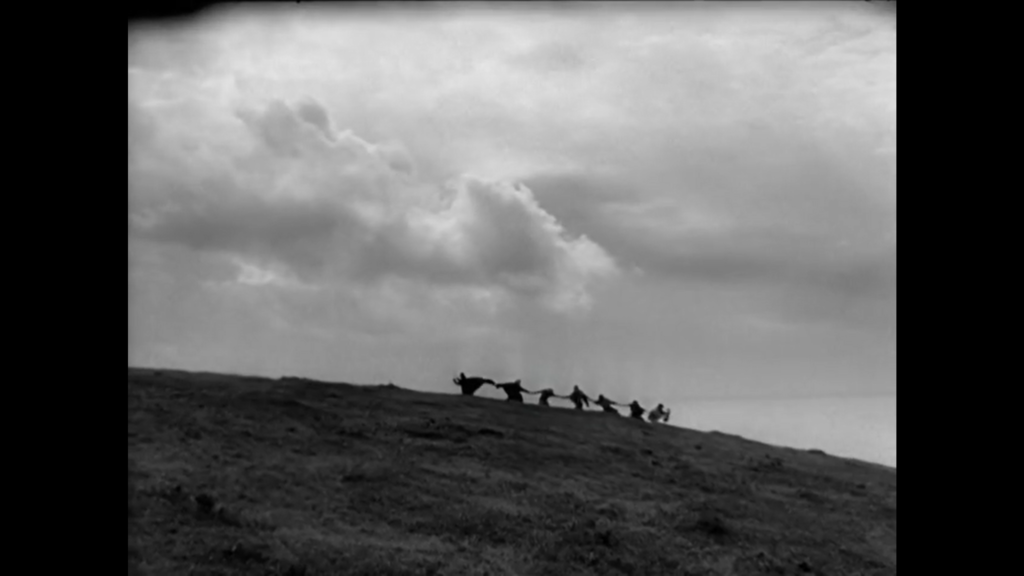
Must See?
Yes, of course, as a timeless classic. Discussed at length in Peary’s Cult Movies 2.
Categories
- Foreign Gem
- Genuine Classic
(Listed in 1001 Movies You Must See Before You Die)
Links:
|
